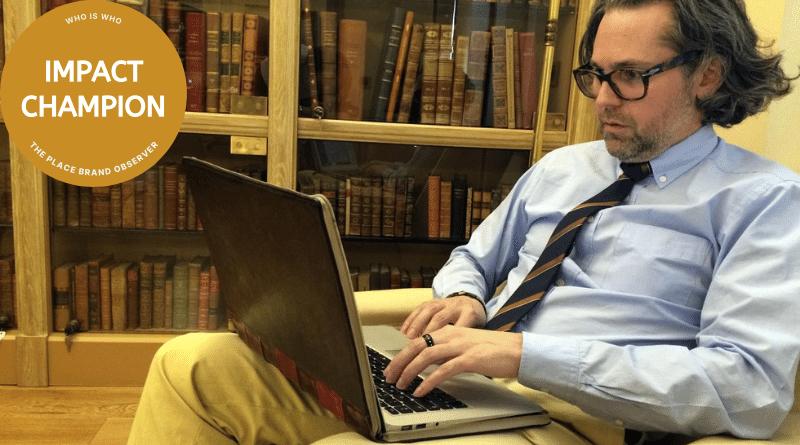Jeremy Hildreth in this interview discusses the role of economics in place branding and the difference between advertising and branding. He also shares his experience of working with Wally Olins and Simon Anholt, and gives tips on how to measure the effectiveness of place branding initiatives.
Learn about:
- The role Economics play in (place) branding work;
- What characterizes a great place brand consultant;
- The difference between tourism advertising and place branding;
- His key insights as senior consultant and head of place branding for Saffron Brand Consultants;
- Lessons he learned from working with Wally Olins and Simon Anholt;
- How to measure the effectiveness and success of place branding initiatives.
Jeremy, you started your career as economist, then moved to branding – what got you interested in the latter?
My approach to life has always been interdisciplinary. When all you have is a hammer, everything looks like a nail. So I like to have the biggest toolbox in the room.
In terms of my career arc, branding was a completely natural extension of my interests and ways of thinking. I’d done my undergrad at Wharton in Philadelphia, which cultivated a pragmatic business mindset in me. One summer, I was a clerk on the floor of the New York Stock Exchange. In the mid ’90s, I worked at a think tank in Washington, D.C. (while moonlighting for Arianna Huffington, incidentally), before becoming an economic analyst at a Swedish variable annuities and mutual fund company in Connecticut.
All that while I’d also been a part-time journalist, writing about monetary policy, politics, culture, and – most importantly – the overlapping components of these realms. I’m always most comfortable at the nexus of things. I even wrote part of a speech for a U.S. presidential candidate during the 2000 election cycle, and in 2001, I was a lobbyist (of sorts), setting up meetings with the White House and with various senators and congressmen for a politically interested CEO boss of mine.
The fact that branding isn’t one thing, but integrates about 17 different disciplines and mindsets – that’s what appealed to me about it.
As soon as I encountered Wally Olins (as my lecturer in 2002 while I was doing my MBA at Oxford), and we started to work together (on a pilot nation branding programme for Latvia in 2003), I knew “branding” was what I wanted to do next. And Wally thought it was what I should do next, too, since he then hired me.
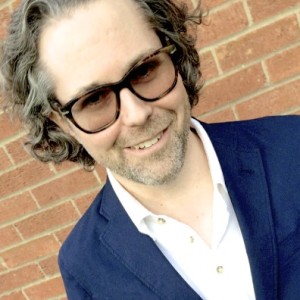
Do economics play a role in your (place) branding work?
Definitely. It’s the heart of it. Economic development and wellbeing of the citizenry are, to my mind, the primary justifications for local authorities to pay any heed at all to their place’s image.
What characterizes a great place brand consultant, and how close are you to reaching this goal?
It’s the same thing that would characterise a great consultant in any field: being able to make clients take meaningful action. My record is hit and miss, but the more grey hair I get the more successful I seem to be.
In the last couple of years, I’ve given some of my best advice, and browbeat my clients into implementing some of my favourite work to date.
I agree with the consultant’s adage “Earn the right to help.” But there are also times when you have to fight for the right to be right. I’m not always easy to work with, and I’m not the right consultant for fearful or conservative clients.
In your view, what is place branding all about?
Place branding is not “all about” anything in particular. As I said before, it’s about 17 things all at once. I once heard Simon Anholt say place branding is like 3-D chess, and he’s right. And it’s why very few people are really excellent at it. They just don’t understand enough about enough things to adequately solve the 17 equations simultaneously.
Most importantly, branding isn’t fundamentally a marketing realm like everyone thinks it is. It’s about identity (which is philosophical) and about behaviour (which has more to do with economics than communication).
Branding people should read philosophy and economics, especially Austrian economics: von Mises, Hayek, Schumpeter – these guys understood human behaviour.
And learn storytelling. One of my favourite books about branding – Stephen King’s On Writing – isn’t about branding at all, it’s about storytelling. (And by the way, I’m not particularly a Steven King fan, although he’s a genius.)
If asked to pick only one of your many branding-related contributions to The Wall Street Journal and Monocle Magazine – which would it be?
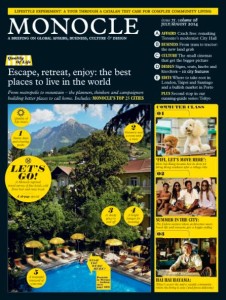
Until this moment, I’d never thought of it as place branding related, but my first article for The Wall Street Journal was about a statue of John Lennon that Fidel Castro had erected in Havana. Castro’s move was definitely a kind of branding: “a soft touch of Lennonist propaganda,” I wrote at the time. In Simon’s parlance, it was a symbolic action.
Beyond that, the essay Simon asked me to write for the Journal of Place Branding and Public Diplomacy seems to have become a minor classic (“Place Branding: A View At Arm’s Length” – behind a pay wall, but you can write me and I’ll send it to you, unless I get nasty letters from the publisher’s lawyers).
And the one I did recently for the same publication – The joys and sorrows of logos and slogans in place branding – got a good response.
For Monocle, I’ve never written anything noteworthy because they’ve never given me enough space to do it, although the article I wrote suggesting Belgrade ask Barcelona to annoint them “The Barcelona of the Balkans” led to a couple of phone calls that led to some new clients for me, including the Household Division of the British Army. I love unusual clients.
What’s the difference between tourism advertising and place branding?
Ha. Well, I remember P.J. O’Rourke once stating that the difference between information and knowledge is the difference between Christy Turlington’s phone number and Christy Turlington. Same with advertising and branding. They’re not remotely the same. But it’d be easy to get excited about having Christy Turlington’s phone number, and it’s easy to get excited about advertising. But you’d rather have Christy Turlington, and you’d rather have a strong brand, and the first does not lead directly to the second.
Doing branding the way I do it tends to save clients a lot of money on advertising, or at least make the money they spend on advertising 10x more potent.
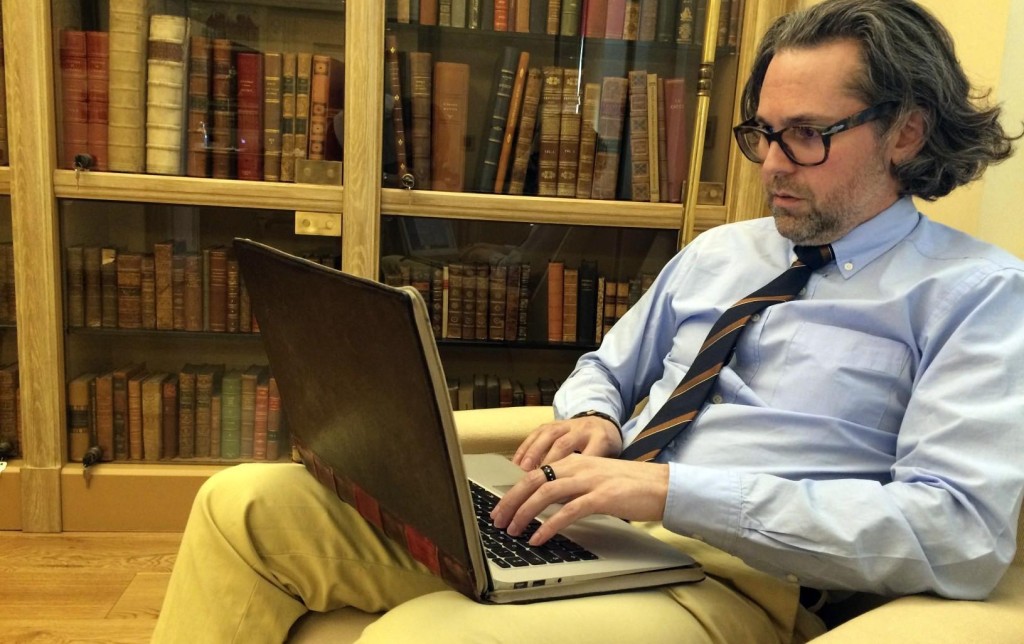
Your key insights as senior consultant and head of place branding for Saffron Brand Consultants (2004-2009)?
Graphic design’s role in place branding is miniscule. So miniscule that you should pretend it is zero and think about something else. But, places do need logos, so if you’re going to develop one, make it a good one, and make it something you discover and re-package rather than something you create from scratch.
Within organisations, I learned that branding issues are often the presenting symptoms of deeper problems.
Which aspect of working with the late Wally Olins – branding pioneer and guru – at Saffron did you find the most challenging – and which the most rewarding?
Wally was one of the most incredible people I’ve ever gotten close to. When he died, I was shocked by how moved I was, and how long it took me to get over it.
He was a very kind man, but he didn’t suffer fools. People who thought he was unkind or harsh were usually fools bearing the brunt of that without realising it.
He was a devout humanist, in word and deed, and cared deeply about people in general. Some people have mistaken his way of being curious in conversations – asking taxi drivers about their lives, for example – as an expression of his caring about people, but it wasn’t that; it was his way of building rapport and passing time.
Wally’s profound ability to think from first principles, to constantly be original and salient, and to grab clients by the shirt collar and tell them (in at least one case, quite literally), “Hey, you need the courage of my convictions” – these are what made Wally great.
I’ve always been sad that the way he got caught up in the day-to-day management of Saffron kept him from becoming the kind of adviser to presidents and prime ministers that he arguably should have become in his later years. But he was very devoted to Saffron, and he loved the struggle of building a business and the camaraderie of being part of a team. He thought that what he was best at was surrounding himself with talent and helping them “get on with it” (as he would have said).
Wally was comfortable with his guru status – he’d earned it fair and square, and he enjoyed it – but he disliked working alone. He could tolerate writing essays or books by himself, although he liked collaboration when doing that too, but he couldn’t stand to advise clients or do project work without people in the trenches with him.
Wally was very generous with giving credit where it was due. He had no appetite for stealing anyone’s ideas. If the idea was good, he’d take it, and give you all the credit for creating it, and give himself credit only for realising how great an idea it was.
Your main lessons learned from working with Wally Olins and Simon Anholt?
As far as I know, I’m the only one around who has been both co-author and working colleague to Simon Anholt and Wally Olins, albeit not at the same time, as they never worked together (I tried a few times to get them to collaborate, but nothing came to fruition).
Nobody else, living or dead, has ever had this honour I’ve had, to work with both Simon and Wally, or been in the position to learn from and get inside the heads of the two giants of place branding (and nation branding in particular) at both theoretical and practical levels. It was very exciting, a real gift, for which I’ll always be grateful.
From Wally, I learned the paramount importance of history (of the idea of past as prelude) and the impossibility of getting anything right, place branding wise, without a deep understanding of the history of a place.
I also discovered the value of gravitas in consulting; Wally always said I needed more of it, but it’s never come easily to me, as I’m naturally introverted and my demeanor can be very “aww shucks.”
From Simon, of course, no lesson could be more important than the use of symbolic actions – substantive things that simultaneously are pieces of communication. I often, too, rely on many of his definitions and concepts, such as brand being the context in which communications are received.
I also admire Simon’s emphasis on policies and policy change as indispensable instruments of place brand development. When I worked with the mayor of Vilnius, Lithuania, not long ago, my best recommendations to him were policy changes.
For instance, it happens that Vilnius is heavily forested, and wants a reputation as a “city in a forest.” Rio de Janeiro, though, currently claims to have the largest urban forest in the world. With a stroke of the bureaucratic pen, however, Vilnius would surpass Rio, simply by officially linking together forested areas already in its juristiction. So I recommended they do that. Imagine the permanent swelling of local, even national, pride when the headline goes out: “Vilnius overtakes Rio de Janeiro as home to the world’s largest urban forest.”
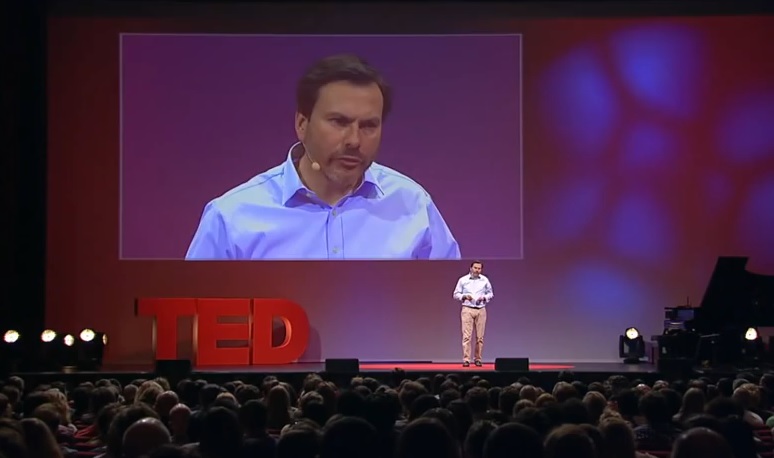
Both Simon and Wally have their blind spots, unsurprisingly.
I’ve long felt that Simon is allergically oversensitive to the relevance of advertising and graphic design, for instance; he toiled in advertising for a long time himself – he’s a phenomenally good copywriter – and just got fed up with the industry, I think.
And one thing I am confident Wally was wrong about is his insistence on the necessity of putting a core idea at the heart of a nation branding strategy. My experience suggests that taking meaningful action is more effective than thinking up the exact right theoretical underpinnings and putting it in a one liner (which is hardly ever possible anyway in the political context of a nation branding programme).
A little secret: both Wally and Simon expressed frustration to me repeatedly about what little impact their efforts ultimately had on clients.
Wally was often exasperated by client’s inability to enact initiatives based on the strategies we’d devise. And Simon would think up dozens, or even hundreds, of symbolic actions for clients, and then tear his hair out when all they did was halfheartedly implement one or two of them.
Your advice on how to measure the effectiveness and success of place branding initiatives?
Does anyone notice or remember? And/or, does anything meaningful change? I’ll tell you what’s not a measure of effectiveness: YouTube view counts. Don’t get me started….
Very often, one of the first things I’ll do with a new client is sit down and figure out, okay, what does success look like? How will we know if we’re winning? It’s very, very important.
Which reminds me: the book chapter I wrote on “The Measurement Challenge” was pretty good. Again, write me if you’re interested.
Reflecting on your 10 years as branding consultant (and counting), which have been the main professional challenges and changes?
Honestly, the hardest thing is the bloody clients. Place branding clients are a nightmare (corporate clients are a dream by comparison).
Place branding clients, far more than corporate clients, want things they don’t deserve (e.g., a reputation that their place is “hospitable,” when it flagrantly isn’t), and shouldn’t want anyway (e.g., why the hell do you want to be seen as hospitable, even if you are hospitable? It’s a terrific thing to be, but a dumb, weak, trite claim to make).
Then, they propose to obtain those outcomes through methods that can’t possibly work (e.g., paid-for communications campaigns), which they further hamstring at every turn (e.g., by running everything past committees full of second-rate people and requiring public tender processes designed to procure new hospital buildings, not new ideas).
Over the years, I’ve completely altered my approach to the challenge of branding, for places and for organisations. I’m very happy with my current methodology. I’m finding it ridiculously effective.
Thank you, Jeremy.
Visit JeremyHildreth.com or connect with Jeremy Hildreth on LinkedIn, Twitter and Instagram.
Enjoyed our interview with Jeremy Hildreth, “the Indiana Jones of Branding”? Spread the word!
